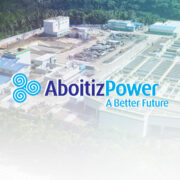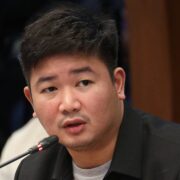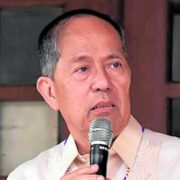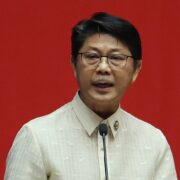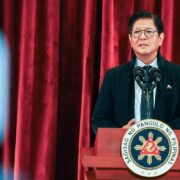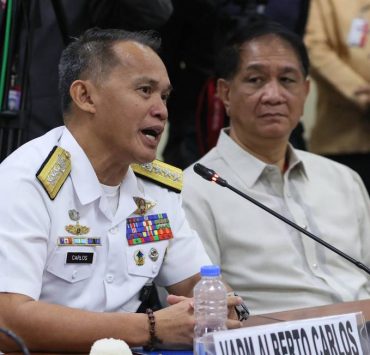As PH plays with idea of nuclear, disaster tales thrive
Albeit still a controversial subject, nuclear energy remained top of mind of energy officials last year as the search for alternative sources of power continued.
It began with President Marcos reviving talks about nuclear energy in 2022, prompting private sector players to begin dialogues with US-based developers on the viability of putting up reactors in the country.
Nearly a year later in November, Manila and Washington finally made a breakthrough with the “123 nuclear deal,” nudging the Philippines closer into harnessing nuclear energy for power after a failed attempt in the 1980s.
The 123 Agreement lays out the legal framework for potential nuclear power projects with US providers, as required under Section 123 of the US Atomic Energy Act.
Power sector giants such as Manila Electric Co. (Meralco) and Aboitiz Power Corp. hailed it as the crucial first step in the “multiyear journey to unlock the possibilities of nuclear power generation in the Philippines.”
For Energy Secretary Raphael Lotilla, it was also a significant move against naysayers.
“The [Department of Energy] team worked hard on it (123 Agreement), and we were able to deliver it despite skeptics who said the Department of Energy (DOE) was antinuclear. We’re not. We have to be open to all technologies,” the energy chief recently told reporters.
Four ideal locations
Meralco quickly jumped on the trend and set its plans into motion, beginning with a cooperative agreement with Ultra Safe Nuclear Corp. (USNC) to conduct a four-month initial study that would help “familiarize Meralco” with the proprietary micro modular reactor energy system.
A month later, Meralco chief operating officer Ronnie Aperocho revealed they were looking at Talim Island in Rizal province, Isla de Provisor in Manila, and an area in San Rafael, Bulacan province as potential sites for USNC’s reactors.
Nuclear currently does not have a share in the Philippine energy mix, which is still largely composed of coal, as the controversial $2.3-billion Bataan Nuclear Power Plant was never commissioned since its completion in the 1980s due to corruption and fears of a possible disaster of massive scale.
Energy Undersecretary Sharon Garin had said they were already “wrapping up” a nuclear energy roadmap that showed the inclusion of this technology in the country’s power mix possibly by 2032. Garin said this roadmap could be finalized this year.
This does not mean, however, that the country is ready to host another nuclear power plant.
“It means that we are preparing because this is not a project that can be fast-tracked … The DOE needs to make sure that the [technology] is safe and secure,” Garin said.
Disasters
While Meralco is taking the lead, chair Manuel Pangilinan himself raised his concerns about safety, citing the 2011 Fukushima and the 1986 Chernobyl nuclear disasters.
“There will likely be major considerations for the government and the private sector in assessing whether nuclear power is [fit] for the Philippines. First, the safety of nuclear plants: Chernobyl does not help, Fukushima does not help, but we have to consider,” he said.
Various groups have pointed out the Philippines currently does not have existing policies that could protect Filipinos from nuclear disasters and the consequent rehabilitation and waste cleanup.
Gerry Arances, executive director of nongovernmental organization Center for Energy, Ecology and Development, had regarded nuclear energy as a “false solution” in the energy transition journey.
“[Nuclear] has not incorporated the issue on waste management and disposal and how this is incorporated in the cost … If we go further and discuss potential disasters, rehabilitation and cleanup, do we have the adequate policy to do that?” he said.
For the DOE’s part, Garin said they were banking on the passage of House Bill No. 9293, or the proposed Philippine National Nuclear Energy Safety Act, this year as a safety measure.
If passed, it will create a Philippine Atomic Energy Regulatory Authority that will have “sole and exclusive jurisdiction to exercise regulatory control for the peaceful, safe and secure uses of nuclear energy and radiation sources in the Philippines,” according to Speaker Martin Romualdez.
While there are no definite plans in place yet, Lotilla emphasized the importance of cooperation among stakeholders in energy transition efforts.
“Unfortunately, [the DOE’s] task is challenging in that we don’t have control over assets; all we have is policy,” Lotilla said.
“If we do cooperate, then the market is going to expand, the economic development of the country is going to move forward and there will be more things to share among different players,” he added. INQ


